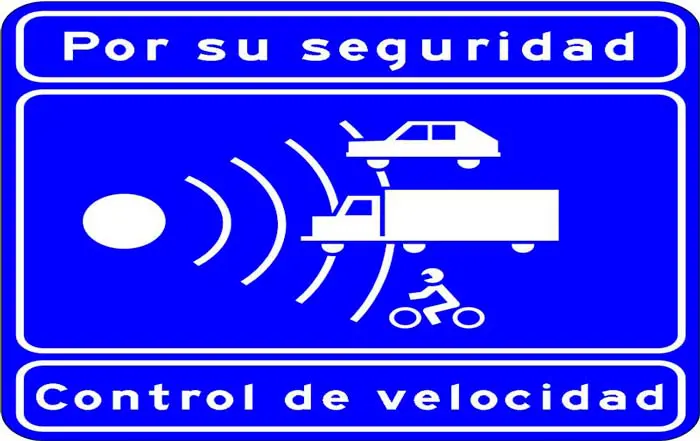What is disability?
It is the situation where a worker / a can not perform their tasks or duties in the workplace.
Of course, there are different types of disability, depending on the degree and scope thereof. Social Security defines these disabilities based on a number of requirements. Then the different existing disabilities are described.
Temporary Disability
Temporary disability occurs when a person has been sidelined with a disease that can be punctual for common illness or accident, the doctor is required to give some parts of confirmation sick
until recovery and subsequent return to his work. It is also contemplated in this case, the low accident or occupational disease.
In the case of illness, the worker is required to have 180 days of contributions to Social Security in the previous five years.
The duration of temporary disability can be extended to 365 days, this time in which to study and evaluate the possibility that the inability to become permanent, responsible for an opinion where appropriate change to permanent is the National Institute Social Security (INSS Its acronym is).
For the following permanent disabilities that we will describe below, we inform you that all of them may be reviewable and can change the degree of disability depending on what has been valued in that review.
Permanent Disability (its initials are IP)
Following a review of the disease has led to the temporary disability that person during those 365 days and forever if Social Security believes and values to continue with treatment and initially no room for improvement, you can move to the Permanent disability situation in this case can be given different possibilities of disability follow:
- Permanent Partial Disability (acronym IPP).This occurs when the disease has led him to continue incapacitated, it has produced a decrease of 33% of their performance in their professional duties.
- Total Permanent Disability (acronym IPT).This situation indicates that the worker can not perform the tasks that had been doing in their usual work, but this does not mean you can make another kind of different jobs when they were doing.
- Absolute Permanent Disability (acronym IPA).This inability disables the person and has been valued for all professions.
- Major disability (GI acronym).In the event that the worker has reached this situation of severe disability and need a caregiver for your daily tasks, is added financial assistance.
- Non-disabling permanent injuries. They are called injuries resulting from work, occupational disease or accident, are sequels to physically diminish the ability of workers without necessarily having the status of permanent disability.
Other incapacity
It is considered a disability both pregnancy and motherhood. Although comes from a completely different nature, also the working is not in the ability to carry out their work activities. In this case, the employee is entitled to leave 42 days before delivery and 42 days after it, and under Articles 101 to 103 of the Social Security Act, has the full right to receive 100% of salary He is receiving at the time of pregnancy or childbirth. IMSS must certify pregnancy so they can be incapacity conditions.







